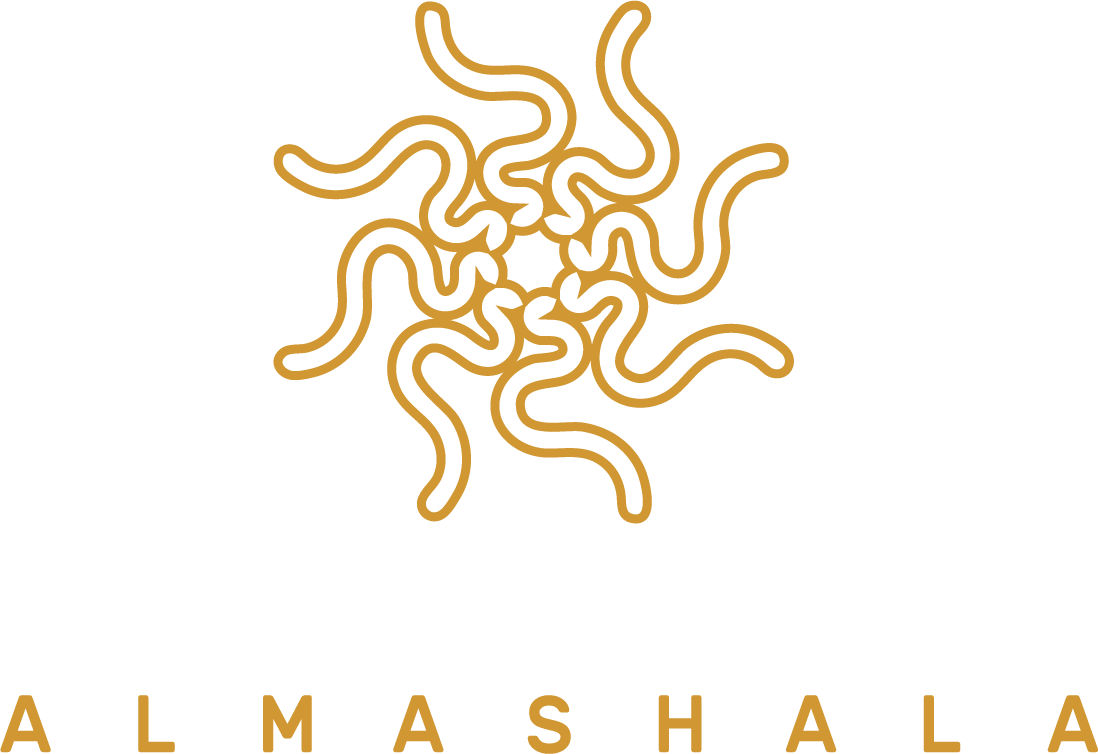Did you ever wonder why in Yoga there are so many Asanas named like animals, as the Adho Mukha Svanasana (the Down facing Dog ) or object like Navasana (the boat)?
Our Portuguese Teacher from Mafra Ricardo Gil, he always says to us, "lots of warriors".
Yes correct, because in the ancient time In Yoga, imagination has been used into creating shapes and forms with our body because there was no science as a reference for good alignment.
The art of visualization is also used wisely to break habitual mind-body patterns.
Just think the use of the line to lift the spine or the heart open to arch and open the chest.
There are four categories of posture names:
The ones dedicated to lifeless forms, to animals, to humans, to divine forms,
In Ashtanga Yoga, for example, the Primary Series tends to represent tamas guna, mass particle, the Intermediate series represent rajas guna, energy particle and the Advanced one, sattva guna, the intelligence particle, celestial.
As you can understand, we start from a material stage and we arrive at a more abstract and subtle one, as much the practice advances.
This fantastic tool has been used for long time to let the student develop a personal relationship with the mythological figures, with the ancient sages, and the divine power of yoga.
But also because there was not a scientific and anatomical approach to understand the alignment of the asanas, the feeling.
As Italians, we can’t avoid mentioning all the studies during the Renaissance made by Artists like Michelangelo and Leonardo Da Vinci which became also anatomists to study the cinetic expression of a body to give them so a realism that was never reached before.
In these modern times, we are lucky enough to use the science tool combined with a more subtle or abstract Anatomy.
Let’s imagine how is useful to perceive and express lightness if we associate the sense of a feather resting on our head.
Doing so, as Richard Freeman writes in his book “The Art of Vinyasa”, the Natural intelligence of our body, triggered by the image, knows what you should do to achieve proper alignment.
Developing, holding and repeating (which is always a key point in Yoga) all these imagination -based expressions of internal forms we create a new link with actual anatomical structures.
The repetition of this practice produces an inner experience which develops new, healthy and correct body movements, on the mat and outside it.
Also, the mind has benefits coming from these new body mantras.
First, because we link the practice with positive memories-experiences shaped by us, but also because we flow into postures guided by our inner wise teacher and not our mind.
We looking forward to hearing your experiences…
Om Shanti
Lav
